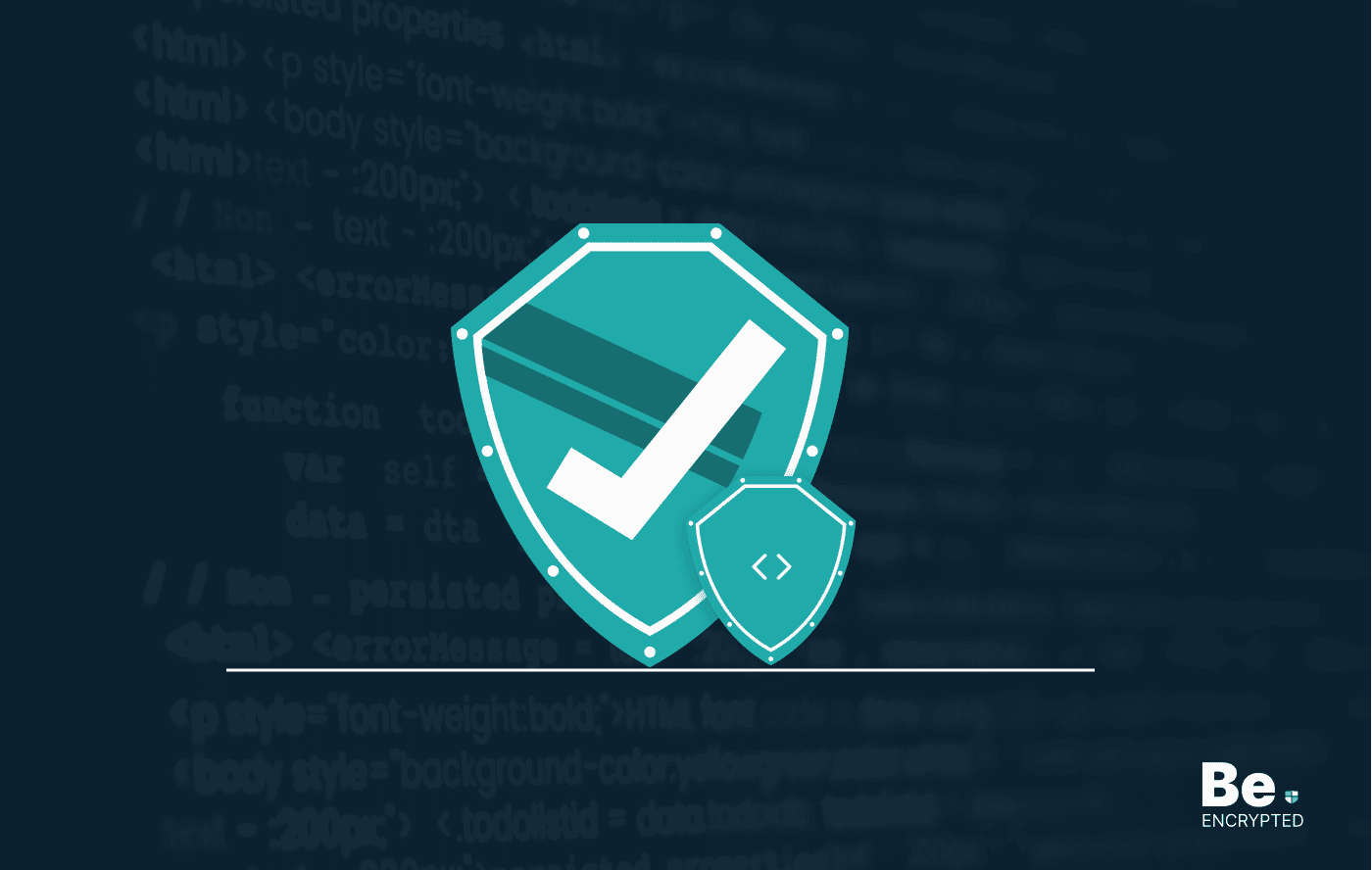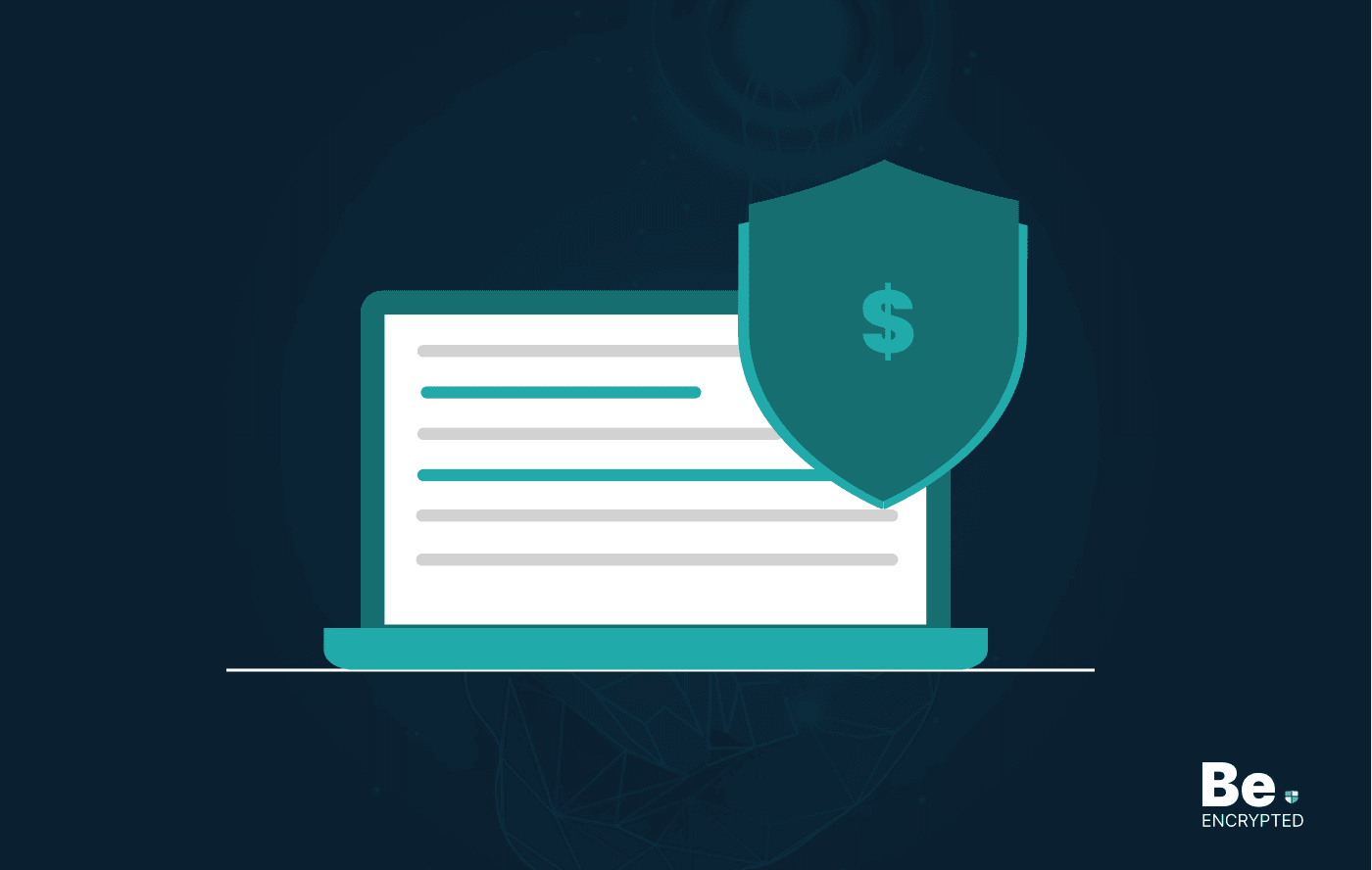With the open-end digitalization of the business world, the risks of cyber attacks on companies have been heightened. However, these attacks can be avoided by extensive data analysis. BARC’s ‘Big Data and Information Security research comprises a deep analysis of the current deployment levels and the advantages of analytical security solutions by big data along with their challenges.
Increment in cybersecurity threats
Information security shifted drastically from the long-established perimeter protection tools towards monitoring and tracking malicious activities within the corporate network. This is because the application of corporate security perimeter has long disappeared, mainly because of the increasing adoption of cloud and mobile services.
However, there is a reason for the withdrawal of traditional approaches to information security. That is solely because of the massive rise in cyber attacks and the part played by nefarious insiders in causing large-scale security breaches.
Companies have to Amend Their Cyber Security Notion
Analytics work as an essential feature for making cyber resilience advantageous. Given the advancement and sophistication of cyberattacks, companies need to revise their cyber security policies and take a step further from absolute prevention towards the PDR concept – Prevent > Detect > Respond.
A cyber attacker needs a single successful attempt to gain access and cause havoc in an organization; thus, the need to amend one’s cyber security notion has spiked remarkably.
What Role Does Big Data Analytics Play Here
Since improved detection is the integral element in this approach, this is where big data analytics plays its role. Detection must be swift and reliable enough to discriminate in the patterns of varying uses, implement rapid analysis with proximity to real-time, and sail through complex correlations obtained from a wide range of data from servers, application logs, user activities, and network events.
Thus such intricated analysis requires state-of-the-art analytical measures beyond the usual rule-based measures. Improved detection also requires the proficiency to run analysis on vast amounts of current and archival data. Therefore, we can say that this is where big data analytics holds vital importance. The security duo and the current analytics state help determine and boost cyber resilience.
Big Data Security Analytics: A New Generation of Security Tools
A new generation of security analytical tools has emerged in recent years with the security industry’s double-take to these challenges. These security analytical tools can collect, store, and analyze a large amount of data across the organization.
After the data has been augmented with additional context data and extrinsic threat intelligence, it is analyzed via different correlation algorithms to detect deviations and recognize possible malicious activities.
These security analytical tools are quite different from the usual SIEM solutions and are likely to perform their tasks in proximity to real-time. Thus, they can generate security alerts ranked by severity to a risk prototype. Furthermore, these security alerts include additional forensic details and allow quick detection and alleviation of cyberattacks.
How did Big Data Security Analytics Originate
Big data analytics is the reason for the most significant technological breakthrough.
The security industry has peaked, commodifying business intelligence algorithms for big-scale data processing, which was first only available to large organizations. Vendors can now build big data solutions that collect, store, and analyze significant amounts of data in real-time using the readily available Apache Hadoop and cheap hardware.
Integrating Data to Predict Malicious Activity
This generates the possibility to combine real-time and historical analysis and determine new incidents that could be related to the ones that already happened in the past.
The growing cyberattacks can be identified with much more efficiency once the big data security analytics is combined with extrinsic security intelligence sources responsible for providing current information regarding the latest vulnerabilities.
The archival data can prominently simplify calibration to a given network’s regular activity order, which can then be used to detect deviations. Existing solutions can automate calibration with minimum efforts required from the administrators.
Identifying Significant Incidents
The big data analytical algorithms can identify deviations and anomalies in the data, which primarily indicates a malicious activity or, at the minimum, some kind of suspicious activity.
Once filtered by big data security analytics, the high volumes of security data can reduce the enormous flows of untreated security events to a controlled number of brief and categorized alerts. However, the archival data kept for later analysis can provide a forensic expert with details regarding the incident and its relationship to other previous anomalies of the past.
Automating Workflows
Ultimately, big data security analytics solutions supply various automated workflows for countering detected threats, including eradicating identified malware attacks or submitting an unlikely event to a managed security service for in-depth analysis.
The main elements for flourishing business in the future are automated cyber security controls and fraud detection.
Key Findings from the Big Data Security Analytics Report
The research provides an in-depth analysis of the level of awareness and the recent approaches in information security and fraud detection in companies spread worldwide.
It describes the importance, plans, and current state of big data security analytics and its dynamic actions to be initiated across various sectors. The research also provides an overview of the dynamic initiatives’ different opportunities, advantages, and challenges. Furthermore, it also provides an audit of the range of technologies currently available to focus on those challenges.
Share this article
About the Author
Waqas is a cybersecurity journalist and writer who has a knack for writing technology and online privacy-focused articles. He strives to help achieve a secure online environment and is skilled in writing topics related to cybersecurity, AI, DevOps, Cloud security, and a lot more. As seen in: Computer.org, Nordic APIs, Infosecinstitute.com, Tripwire.com, and VentureBeat.
More from Iam WaqasRelated Posts

How to Avoid Gambling Restrictions in 2024
KEY TAKEAWAYS Gambling is prohibited in multiple countries as it is addictive, and many people go ba...

20 Best Penetration Testing Tools For Security Professionals
KEY TAKEAWAYS If you’re in a hurry, then have a look at the list of 20 best penetration testin...

The Role of Developer Security in Software Development
KEY TAKEAWAYS The revolution of DevOps has reduced the SLDC and resulted in the creation of many sof...

How To Detect Hidden Cameras And Listening Devices? A Complete Guide
Many people feel like someone is watching them or listening to their conversations. They may be righ...

What is Virtual Firewall and How it Helps Us in 2024?
Scientists and technicians are trying to invent the latest technology protection to create barriers ...

10 Ways to Prevent Ransomware Attacks
KEY TAKEAWAYS Ransomware attacks are growing frequently and affecting every sector of the business i...


